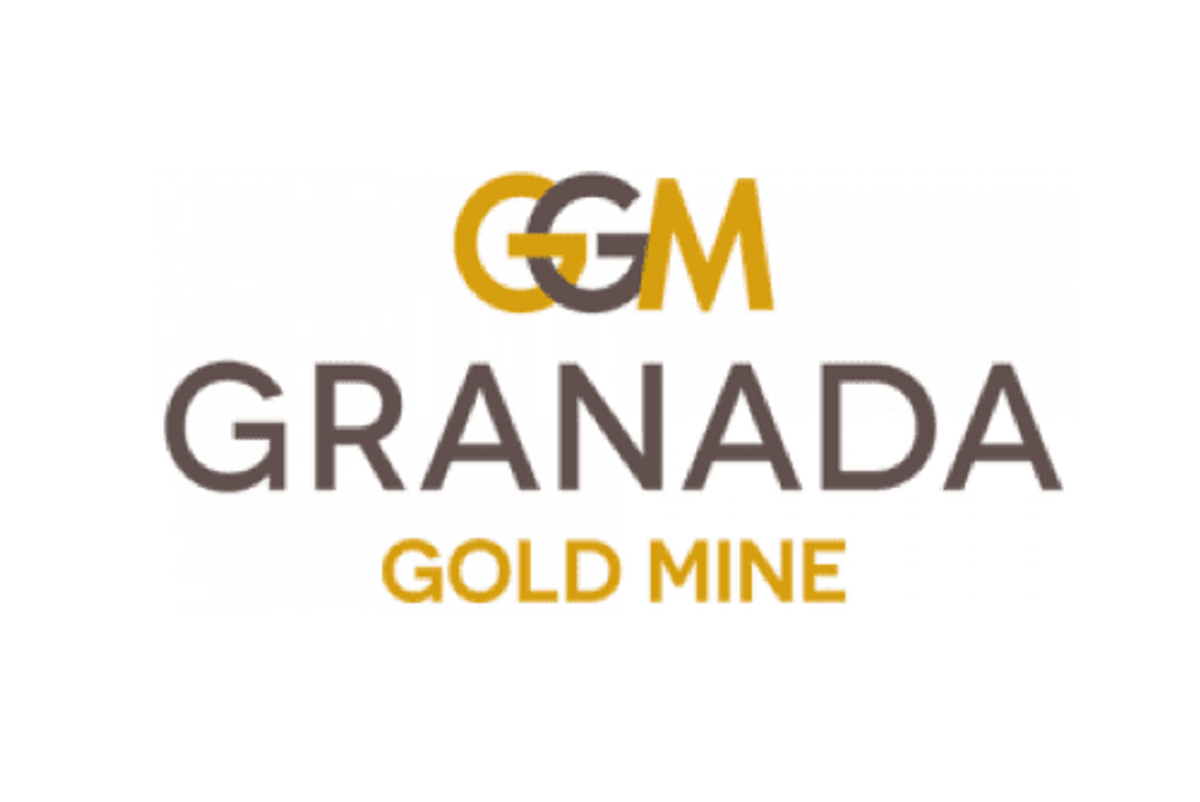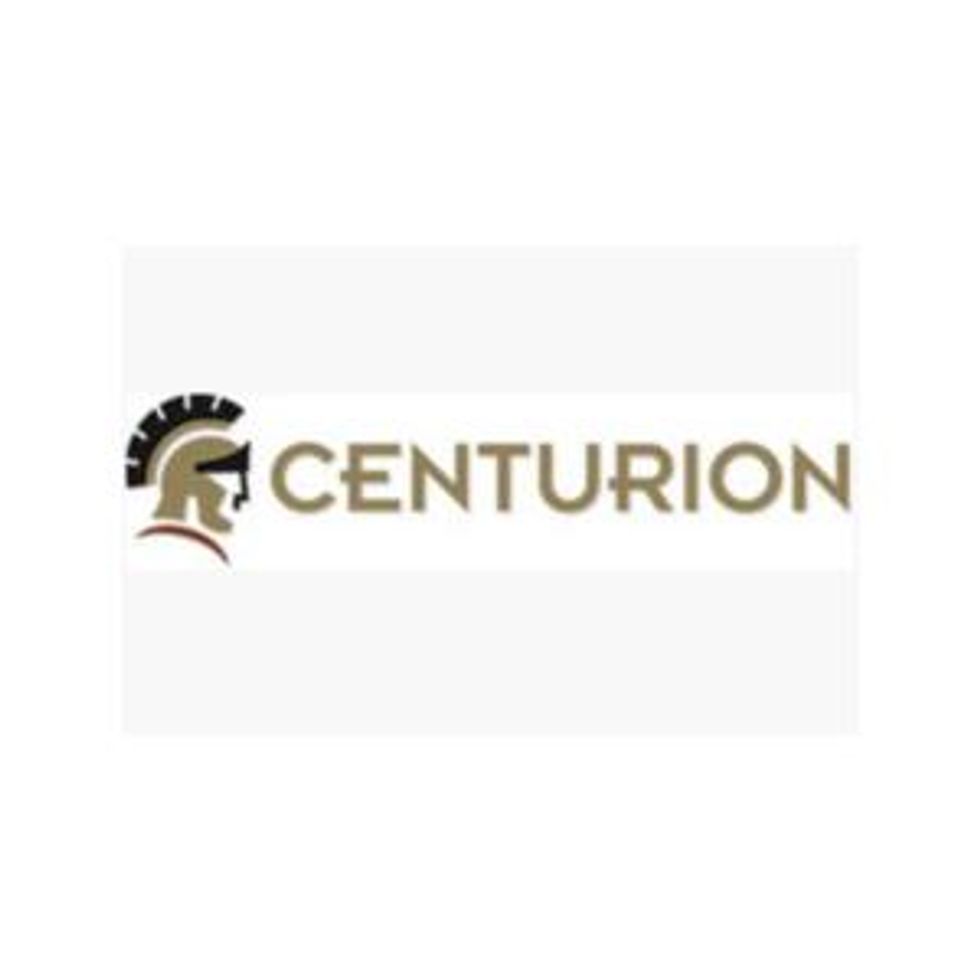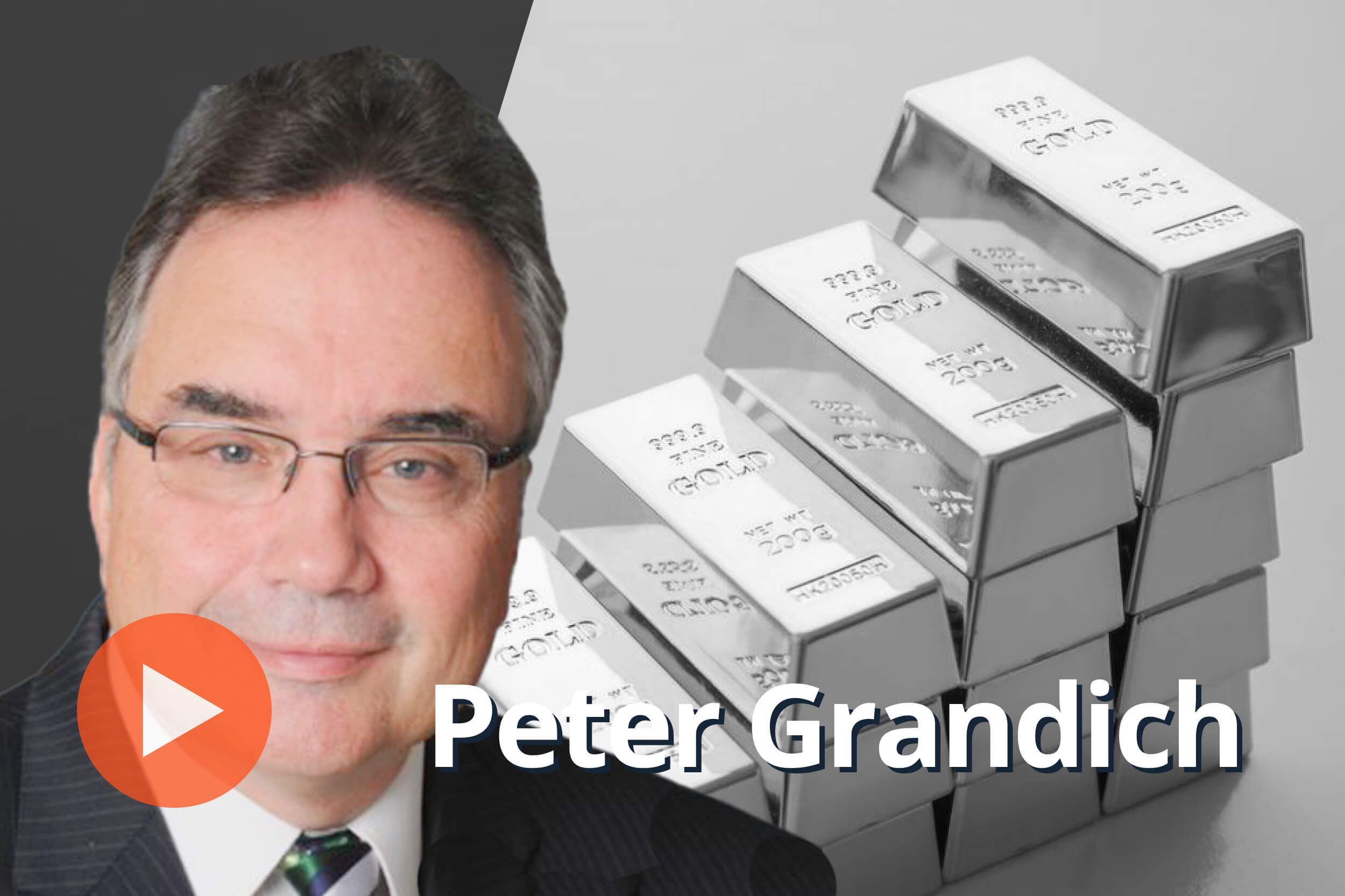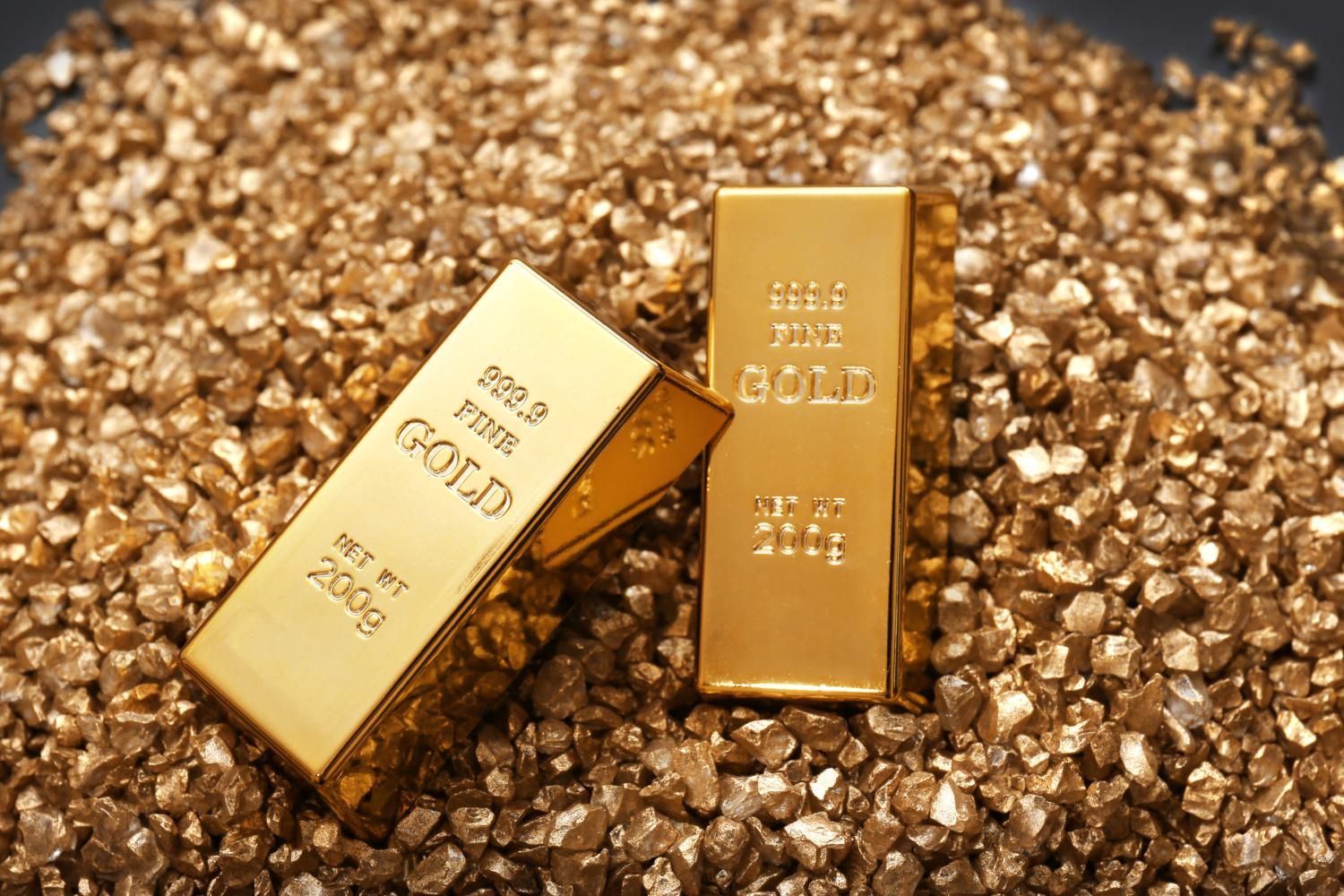
Granada Gold Mine Inc. (TSXV: GGM) (the "Company" or "Granada") is pleased to announce the significant discovery of Scandium (Sc), Rubidium (Rb), and Cesium (Cs) on the Big Claim of the Granada Gold Mine property, in Quebec, Canada .
Results are preliminary and full core lengths have not yet been assayed in two holes drilled at the north of the Big Claim. The company encountered unusual facies of altered rock which has been sampled in portions of the drill core. The mineralized portions of the core have been assayed for 56 metals. Additional assays are pending. Portions of drill holes GR-20-20 and GR-20-22 were sampled. Assays for GR-20-22 are still pending. Based on recent assays for intervals sampled, the intervening intervals are being sent for assay to create a complete picture.
Highlights of drill hole GR-20-20:
- 13.5 ppm Cs, 101.8 ppm Rb, 21.0 ppm Sc over 12.0 meters from 351.0 meters to 363.0 meters
- 3.5 ppm Cs, 69.1 ppm Rb, 13.8 ppm Sc over 98.0 meters from 451.0 meters to 549.0 meters
- 1.1 ppm Cs, 42.1 ppm Rb, 12.2 ppm Sc over 15.0 meters from 573.0 meters to 588.0 meters
Core lengths represent approximately 40 percent true width.
The potential value of the rare earths and alkali metals per ppm in US dollars is as follows
- Cesium (Cs) US Dollars 63 per ppm
- Rubidium (Rb) US Dollars 16.08 per ppm
- Scandium (Sc) US Dollars 186 per ppm
- Gold (Au) US Dollars 56 per ppm
- Silver (Ag) US Dollars 0.84 per ppm
Commodity price sources:
- Institute of rare earths and strategic metals
- USGS 2021 and 2020 reports
- Alfa Aesar
The company is reassured by significant results coming from 2 independent laboratories where NQ core samples of hole GR-20-20 and GR-20-22 were analysed at ALS and NQ core samples of hole GR-20-22 were analysed at SGS.
The company will proceed with sampling of the entire hole to enable disclosure of mineralized lengths associated with grades as well as investigation on the mineralogy as the grades of interest are not confined to one geological unit.
Co-ordinates of these holes have been determined by handheld GPS and will be surveyed in spring.
GR-20-20: 645 968E, 5 339 544N, 292Z, Azimuth 183N, Dip -86 and length 588m
GR-20-22: 647 624E, 5 339 218N, 291Z, Azimuth 360N, Dip -65 and length 1,600m
QA/QC
The insertion of blanks and standards by the technical team in the program were aimed at gold. However, the laboratory QA/QC results for these anomalous elements at both laboratories are in line with their expected values thereby allowing the public disclosure of the values.
Qualified person
The technical information in this news release has been reviewed by Claude Duplessis , P.Eng., GoldMinds Geoservices Inc. member of Québec Order of Engineers and a qualified person in accordance with National Instrument 43-101 standards.
Cesium
Cesium metal is used in the production of cesium compounds and potentially in photoelectric cells. Cesium-bromide is used in infrared detectors, optics, photoelectric cells, scintillation counters, and spectrophotometers. Cesium carbonate is used in the alkylation of organic compounds and in energy-conversion devices, such as fuel cells, magneto-hydrodynamic generators, and polymer solar cells. Cesium chloride is used in analytical chemistry applications as a reagent, in high-temperature solders, as an intermediate in cesium metal production, in isopycnic centrifugation, as a radioisotope in nuclear medicine, as an insect repellent in agricultural applications, and in specialty glasses. Cesium-hydroxide is used as an electrolyte in alkaline storage batteries. Cesium-iodide is used in fluoroscopy equipment—Fourier-transform infrared spectrometers—as the input phosphor of x-ray image intensifier tubes, and in scintillators. Cesium-nitrate is used as a colorant and oxidizer in the pyrotechnic industry, in petroleum cracking, in scintillation counters, and in x-ray phosphors. Cesium sulfates are soluble in water and are thought to be used primarily in water treatment, fuel cells, and to improve optical quality for scientific instruments.
Rubidium (Alkali Metal)
Applications for rubidium and its compounds include biomedical research, electronics, specialty glass, and pyrotechnics. Specialty glasses are the leading market for rubidium; rubidium carbonate is used to reduce electrical conductivity, which improves stability and durability in fiber optic telecommunications networks. Biomedical applications include rubidium salts used in antishock agents and the treatment of epilepsy and thyroid disorder; rubidium-82, a radioactive isotope used as a blood-flow tracer in positron emission tomographic imaging; and rubidium chloride, used as an antidepressant. Rubidium atoms are used in academic research, including the development of quantum-mechanics-based computing devices, a future application with potential for relatively high consumption of rubidium. Quantum computing research uses ultracold rubidium atoms in a variety of applications. Quantum computers, which have the ability to perform more complex computational tasks than traditional computers by calculating in two quantum states simultaneously, were expected to be in prototype phase by 2025. Rubidium's photoemissive properties make it useful for electrical-signal generators in motion-sensor devices, nightvision devices, photoelectric cells (solar panels), and photomultiplier tubes. Rubidium is used as an atomic resonance-frequency-reference oscillator for telecommunications network synchronization, playing a vital role in global positioning systems. Rubidium-rich feldspars are used in ceramic applications for spark plugs and electrical insulators because of their high dielectric constant. Rubidium hydroxide is used in fireworks to oxidize mixtures of other elements and produce violet hues. (source USGS)
Scandium (Rare Earth)
Is a strategic mineral in the province of Quebec as declared in the Critical & Strategic Mineral policy of the government of Québec to support the green development plan.
About Granada Gold Mine Inc.
Granada Gold Mine Inc. continues to develop the Granada Gold Property near Rouyn-Noranda, Quebec . Approximately 120,000 meters of drilling has been completed to date on the property, focused mainly on the extended LONG Bars zone which trends 2 kilometers east-west over a potential 5.5 kilometers of mineralized structure. The highly prolific Cadillac Break, the source of more than 75 million plus ounces of gold production in the past century, cuts through the north part of the Granada property, but is not necessarily indicative of mineralization hosted on the company's property.
The Granada Shear Zone and the South Shear Zone contain, based on historical detailed mapping as well as from current and historical drilling, up to twenty-two mineralized structures trending east-west over five and a half kilometers. Three of these structures were mined historically from four shafts and three open pits. Historical underground grades were 8 to 10 grams per tonne gold from two shafts down to 236 m and 498 m with open pit grades from 3.5 to 5 grams per tonne gold.
Updated Mineral Resource
The updated resource at the Company's Granada Gold project in Rouyn-Noranda, Quebec was estimated by SGS Canada and outlined in a January 29, 2021 news release. The final report was filed March 15, 2021 with an Effective date of December 15, 2020 . The 43-101 Technical Report is titled: Granada Gold Project Mineral Resource Estimate Update, Rouyn-Noranda, Quebec, Canada authored by Yann Camus , P.Eng. and Maxime Dupéré, B.Sc, géo. Both of SGS Canada Inc.
Updated Mineral Resource Estimate Base Case with Details Between the Open Pit Portion and the Underground Portion
| Type | Category | Tonnes | Au | Gold Ounces |
| In Pit | Measured 1 | 3,756,000 | 1.89 | 228,000 |
| Indicated | 1,357,000 | 2.55 | 111,000 | |
| Measured+Indicated | 5,113,000 | 2.06 | 339,000 | |
| Inferred | 34,000 | 11.29 | 12,000 | |
| Underground | Measured | 37,000 | 4.22 | 5,000 |
| Indicated | 807,000 | 4.02 | 104,000 | |
| Measured+Indicated | 844,000 | 4.03 | 109,000 | |
| Inferred | 1,244,000 | 6.33 | 253,000 |
| 1. | Cut-off grades are based on a gold price of US$1,600 per ounce, a foreign exchange rate of US$0.76 for CA$1, a gold recovery of 93% |
| 2. | Pit constrained mineral resources are reported at a cut-off grade of 0.9 g/t Au within a conceptual pit shell |
| 3. | Underground mineral resources are reported at a cut-off grade of 3.0 g/t Au within reasonably mineable volumes |
The Company is in possession of all mining permits required to commence the initial mining phase, known as the "Rolling Start", which allows the company to mine up to 550 tonnes per day. Additional information is available at www.granadagoldmine.com .
"Frank J. Basa"
Frank J. Basa P. Eng .
President and Chief Executive Officer
Neither the TSX Venture Exchange nor its Regulation Service Provider (as that term is defined in the policies of the TSX Venture Exchange) accepts responsibility for the adequacy or accuracy of this release. This news release may contain forward-looking statements including but not limited to comments regarding the timing and content of upcoming work programs, geological interpretations, receipt of property titles, potential mineral recovery processes, etc. Forward-looking statements address future events and conditions and therefore, involve inherent risks and uncertainties. Actual results may differ materially from those currently anticipated in such statements.
SOURCE Granada Gold Mine Inc.

![]() View original content: https://www.newswire.ca/en/releases/archive/March2021/23/c9230.html
View original content: https://www.newswire.ca/en/releases/archive/March2021/23/c9230.html






